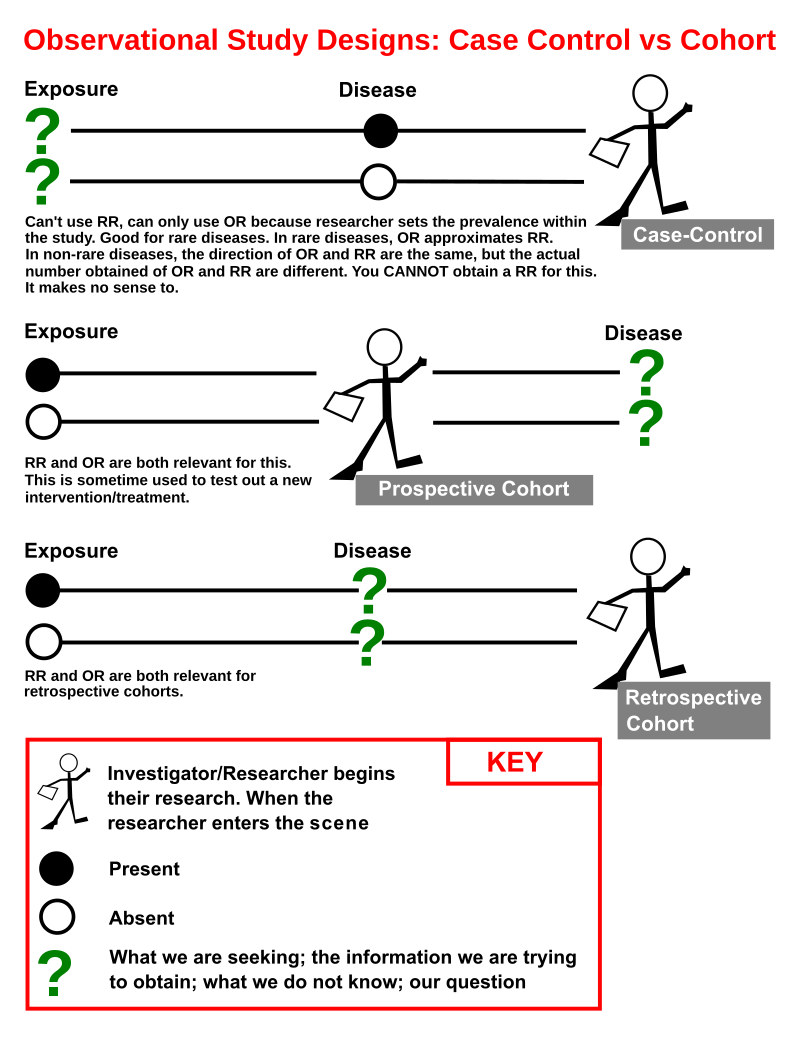

It is very helpful in studying medical situations that happened in the past. The baseline, as well as the outcomes, have already happened before the study is conducted therefore the investigator can study multiple problems at the same time. Prospective Chart Review- evaluates patient data. The advantages of retrospective studies include the time-saving nature of these studies as well as the benefit that they can be conducted on a small scale. Unlike the prospective studies, a retrospective study usually does not need to follow patients into the future and often requires less time to conduct than a. This type of chart review uses information that has usually been collected for reasons other than research. He should also maintain that he has made the right selection of the evidence to get information about the past event that he is studying. The investigator needs to take large sample size to avoid the chances of bias. The investigator needs to take special caution to avoid the chances of bias in the retrospective study designs. However, these studies cannot be conducted using any other study design therefore, the investigator is left with the only option to use the retrospective study design. The authenticity of second-hand information cannot be made sure completely. The investigator relies on second-hand information or secondary sources of information. The exposure and outcome information in a cohort study are identified retrospectively by using administrative datasets, reviewing patient charts, conducting interviews, etc.Retrospective studies have several chances of bias because first-hand information is not possible in this case. Retrospective Cohort StudyĪ retrospective cohort study allows the investigator to describe a population over time or obtain preliminary measures of association to develop future studies and interventions. It is very important in a case-control study that the cases be as similar to the controls on all factors except the outcome of interest.
#Types of retrospective studies series
Cases and controls are established based on the presence of the condition, and exposure is assessed by looking back over time. Retrospective studies may be based on chart reviews (data collection from the medical records of patients) Types of retrospective studies include: case series retrospective cohort studies (current or historical cohorts) case-control studies STATISTICAL ANALYSIS USED IN RETROSPECTIVE STUDIES. In a retrospective case-control study the investigator can quickly estimate the effect of an exposure on outcome status. We’ll discuss two types of retrospective studies: Obtain preliminary measures of association.Quickly estimate the effect of an exposure on an outcome.Study a rare outcome for which a prospective study is not feasible.In general, the reasons to conduct a retrospective study are to: A retrospective study design allows the investigator to formulate ideas about possible associations and investigate potential relationships, although causal statements usually should not be made.Īn investigator conducting a retrospective study typically utilizes administrative databases, medical records, or interviews with patients who are already known to have a disease or condition. In a retrospective study, the outcome of interest has already occurred at the time the study is initiated.


 0 kommentar(er)
0 kommentar(er)
